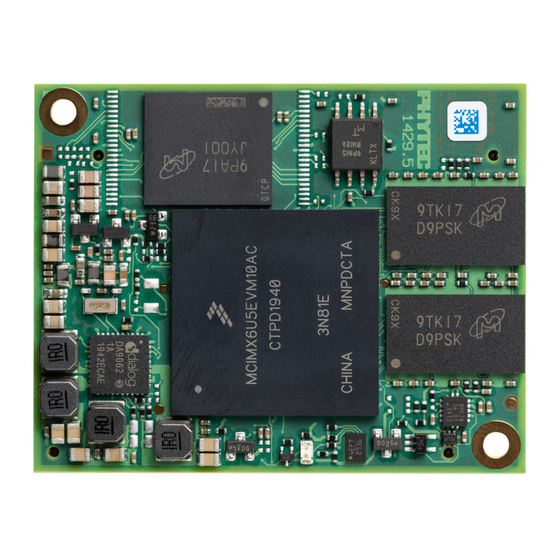
Phytec phyCORE-i.MX 6 Manuals
Manuals and User Guides for Phytec phyCORE-i.MX 6. We have 1 Phytec phyCORE-i.MX 6 manual available for free PDF download: Hardware Manual
Phytec phyCORE-i.MX 6 Hardware Manual (82 pages)
Brand: Phytec
|
Category: Motherboard
|
Size: 1 MB
Table of Contents
Advertisement
Advertisement
